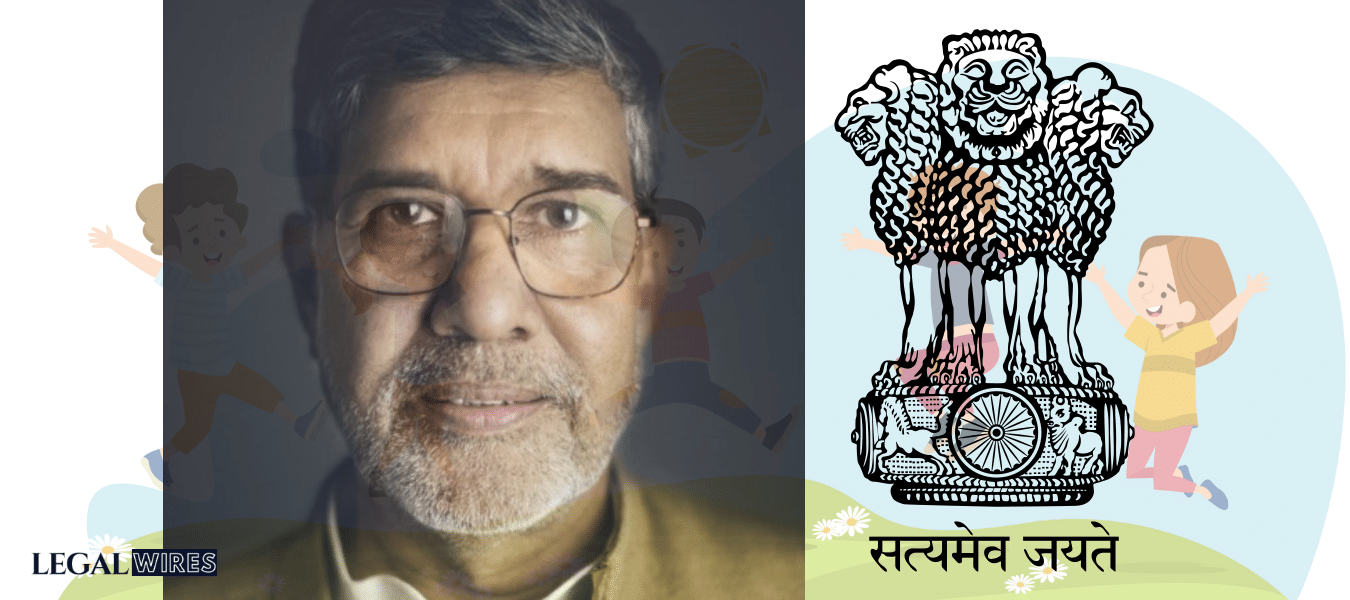It was in the year 1996 that the petitioner witnessed the plight of children forced to work in circuses under inhumane and deplorable conditions. At that juncture, the petitioner was able to rescue 18 girls from a circus in Vidisha District of Madhya Pradesh.

CITATION: 2011 5 SCC
BENCH: DALVEER BHANDARI AND AK PATTNAIK
BACKGROUND
It was in the year 1996 that the petitioner witnessed the plight of children forced to work in circuses under inhumane and deplorable conditions. At that juncture, the petitioner was able to rescue 18 girls from a circus in Vidisha District of Madhya Pradesh.
It was only after this incident that the Petitioner realized the need for an organized attempt to comprehend, analyze, and alleviate the problem of child labor in India. As a result, a Committee was formulated, devoted towards the research entitled “Eradicating Child Labor from Indian Circuses“. After articulating the facts and figures obtained from the research, a multi-pronged strategy was promulgated. This marked the beginning of attempts to ameliorate the condition of the children working in circuses. This included multiple conversations with Indian Circus owners, which involved making them aware of the pertinent moral and legal questions to the use of children in circuses. Although the Indian Circus Federation responded in affirmative to proposals made at the conference, yet, their representation was less than 10 percent of the big circuses and less than 20 percent of all the circuses.
FACTS
Due to a lack of consensus and representation as mentioned above, the agreement could not be put into force. However, the number of child labor cases kept on increasing at an insidious rate. Realizing the gravity of the situation, a Petition was filed in Public Interest under Article 32 of the Constitution in wake of serious violations and abuse of children who are forcefully detained in circuses.
The petitioner gave innumerable instances portraying the abuse of children in the circuses vitiating a plethora of laws, like The Child Labor (Prohibition and Regulation) Act, 1986, Minimum Wages Act, 1976 and international conventions India is a signatory of.
It also involves the violation of Fundamental Rights- Article 14 to 18, Article 21, 21(A), Article (23-24) and Article 32.
KEY ISSUES
- Application seeking provisions of the Juvenile Justice (Care and Protection) Act, 2000
Under this the petitioner moved to apply the provisions present in the aforesaid act so that they could be properly utilized for the benefit of the children succumbing to inhumane working conditions in the circus. He seeks the issuance of an appropriate writ that could mandate the provisions vastly violated in the act. One of the provisions includes for the organization of Child Welfare Committee to award compensation to the children rescued from the circus, this repay for the losses in some parts if not in whole.
- Appeal against the squalid and deplorable living conditions
Under this the petitioner has mentioned an umpteen number of heads revolving around Insufficient Space, Erratic Sleep timing, Inadequate and malnourished meals and Poor Sanitation. They are not allowed to complain or voice their opinion. In an attempt to give us a clear understanding, the petitioner draws an analogy to help understand the plight of the children. He submitted that in N.R. Nair and Others v. Union of India and Ors (2001) SCC, 84 which upheld the rights of the animals used in circus, however, the predicament of the children is no different.
3. Legal Complications involved
- Deprivation of the Children from getting educated thereby violating Article 21(A) of the constitution.
- Competency to enter into a contract for working in Circus.
- Deprivation of children to express their will and thoughts freely, thus violating Fundamental Right to Freedom of Expression.
- Lack of Direct Legislation concerning the rights of children
There was a paucity of labor and welfare laws protecting the rights of these children. The ones existent lack a proper mechanism or the machinery to be implemented. The Police department or any state agency for that matter is not equipped to deal with the case of child trafficking. This ambiguity paves way for more such cases to rise. Thus an issuance of an appropriate write directing the respondents to frame appropriate guidelines for the people involved in Circuses is imperative.
- Non-compliance with the existing legislation
There has been negligence towards maintaining the fundamental rights of these children and other rights mentioned in the statutes and other international conventions. For instance, the Child Labor (Prohibition and Regulation) Act, 1986. Thus he emphasized on the need for issuance of an appropriate writ directing the CBI to liberate the children and check the colossal violation of fundamental Rights against them. A special task force ensuring the prohibition of Cross-Border trafficking would also do the much needed.
DIRECTIONS ISSUED BY THE APEX COURT
- Suitable notifications prohibiting the employment of children in circuses within 2 months from the date of the order in order to implement the Fundamental Rights of the children under Article 21A of the Constitution.
- Conduct simultaneous raids in all circuses to liberate the children and check the violation of the Fundamental Rights.
- Frame proper scheme of rehabilitation of rescued children from the circuses.
- Talk to the parents of the children and in case they are willing to take their children back to home, so be done after due verification.


